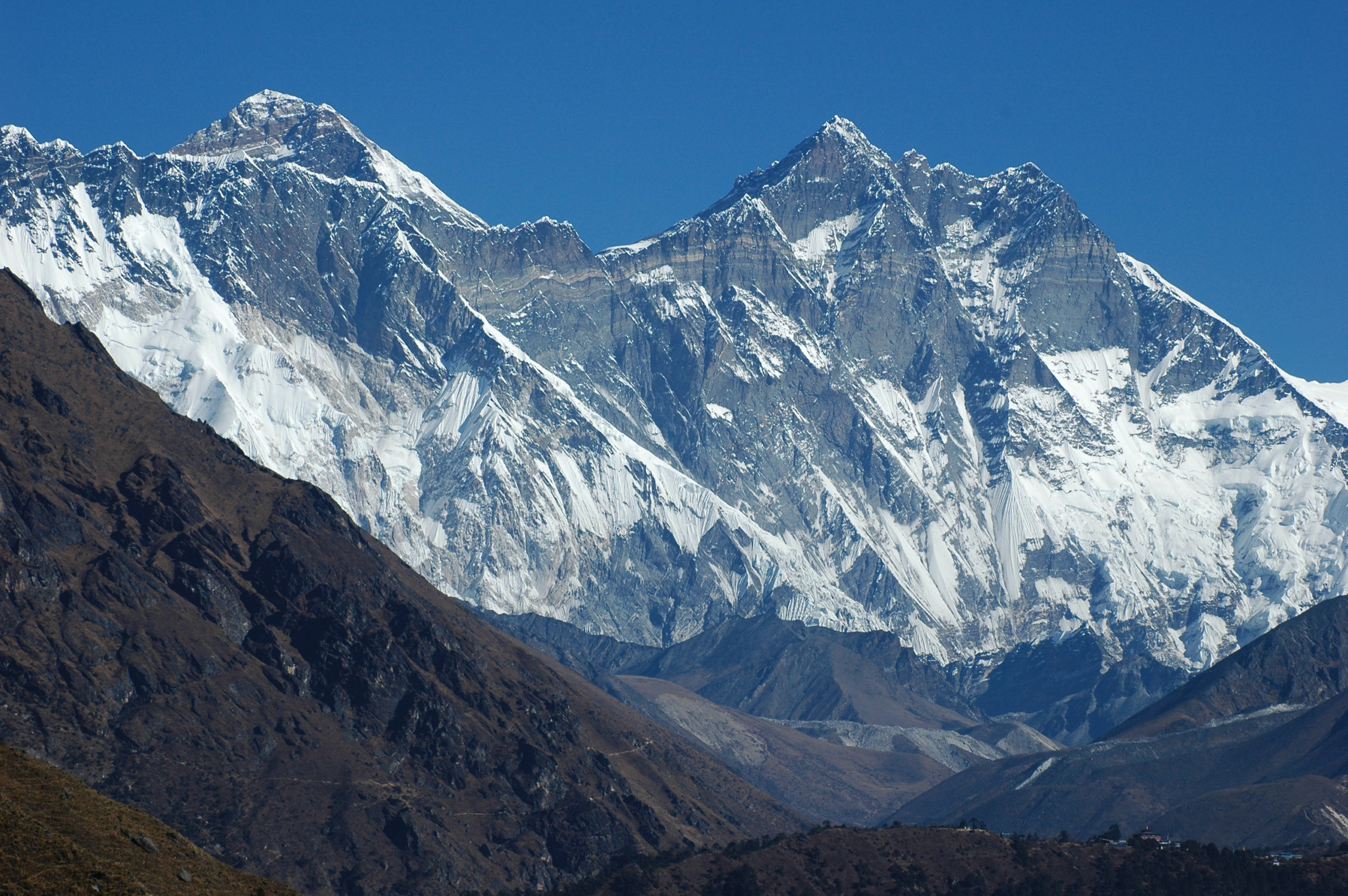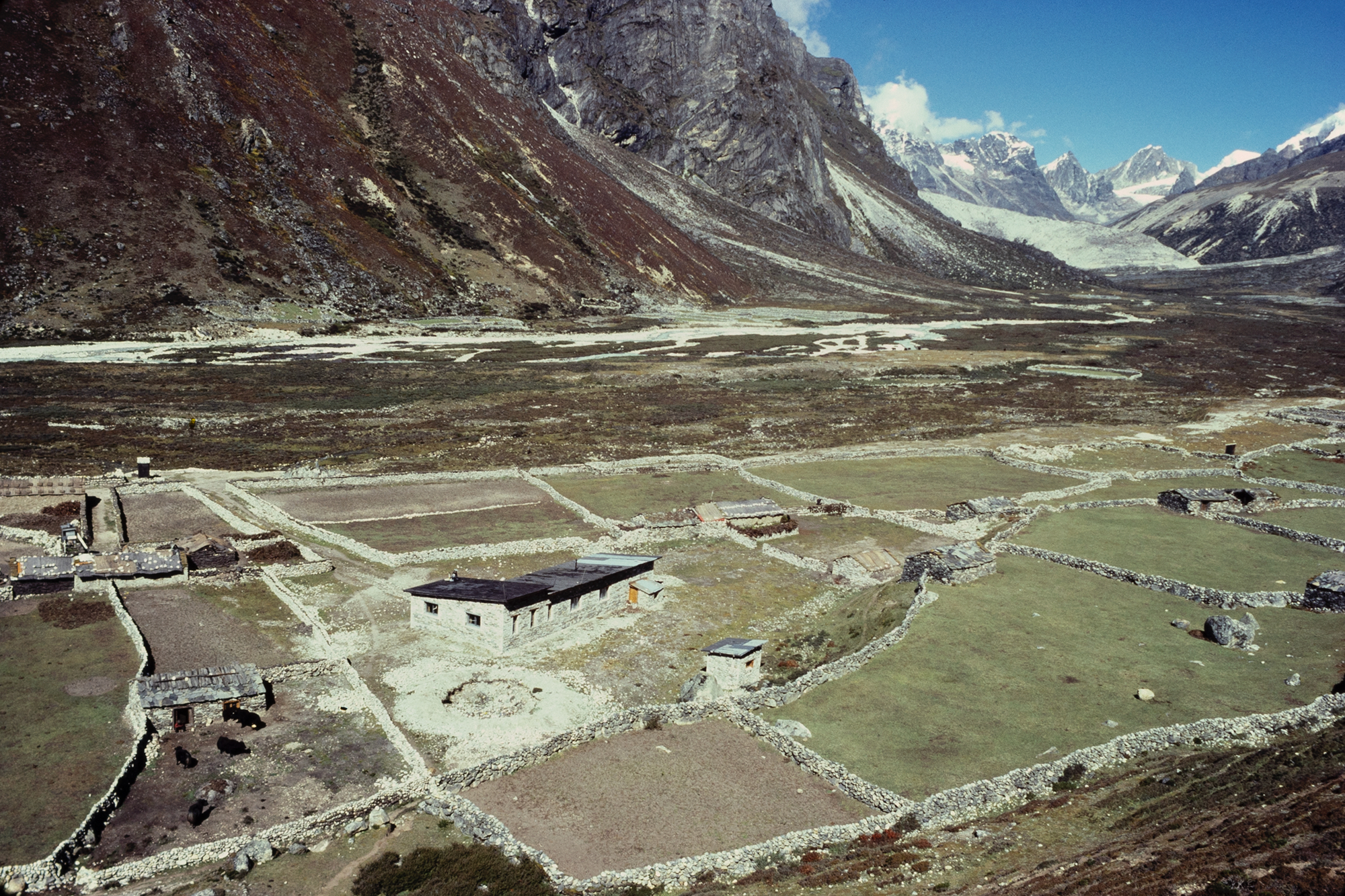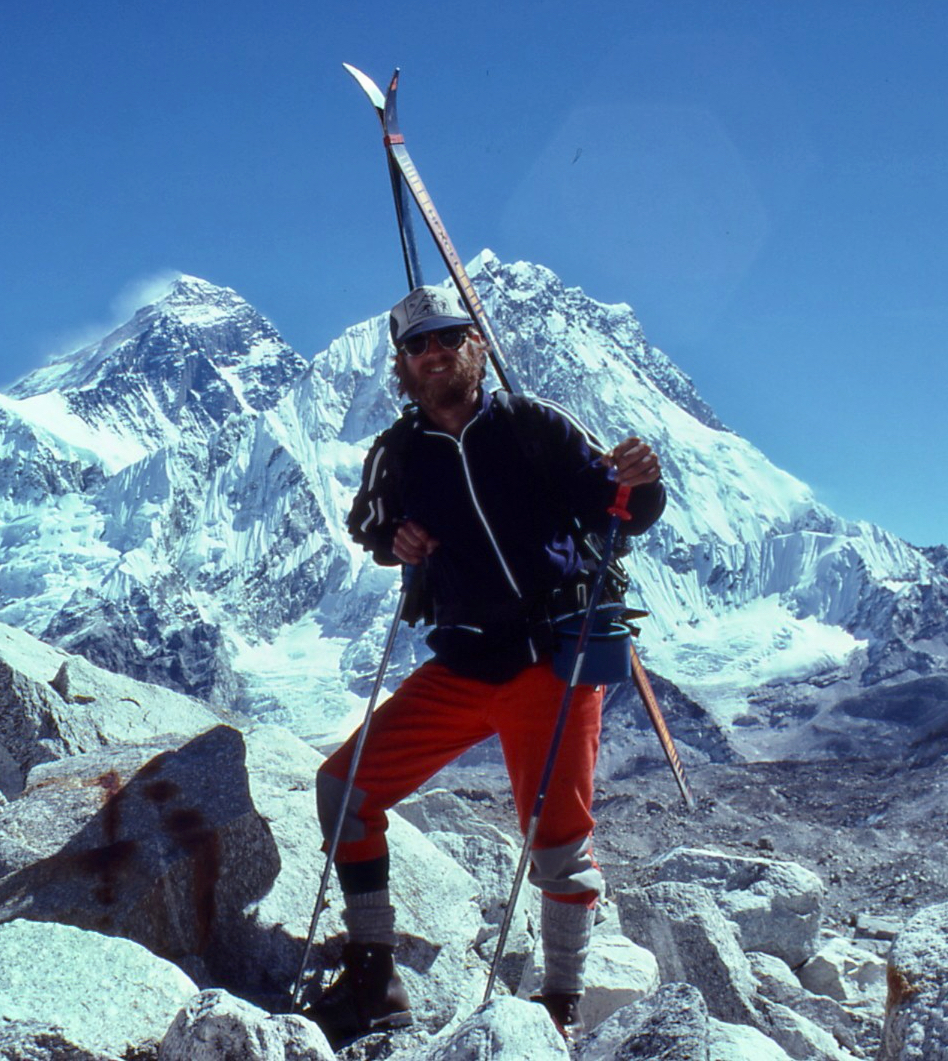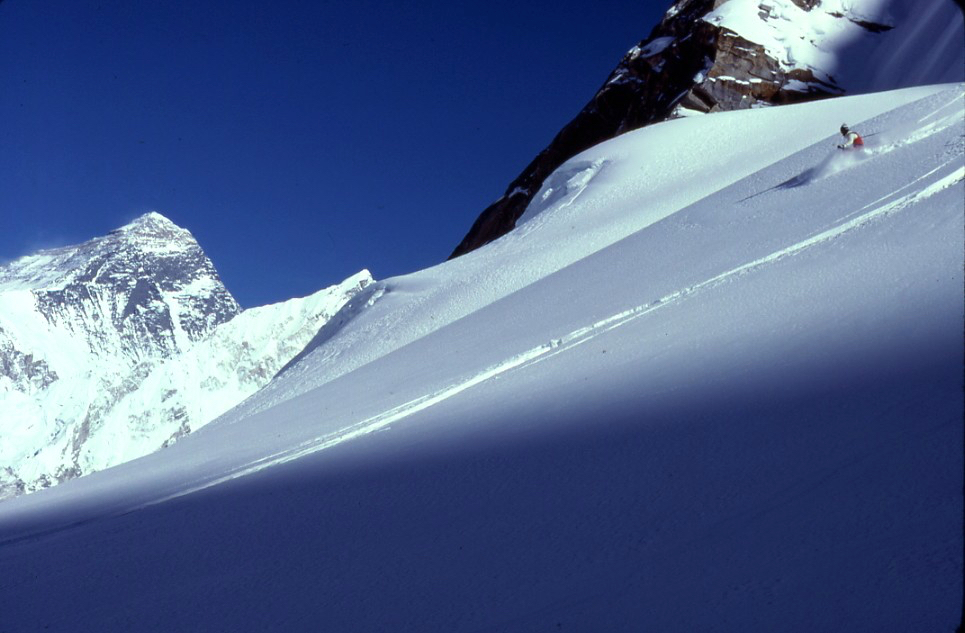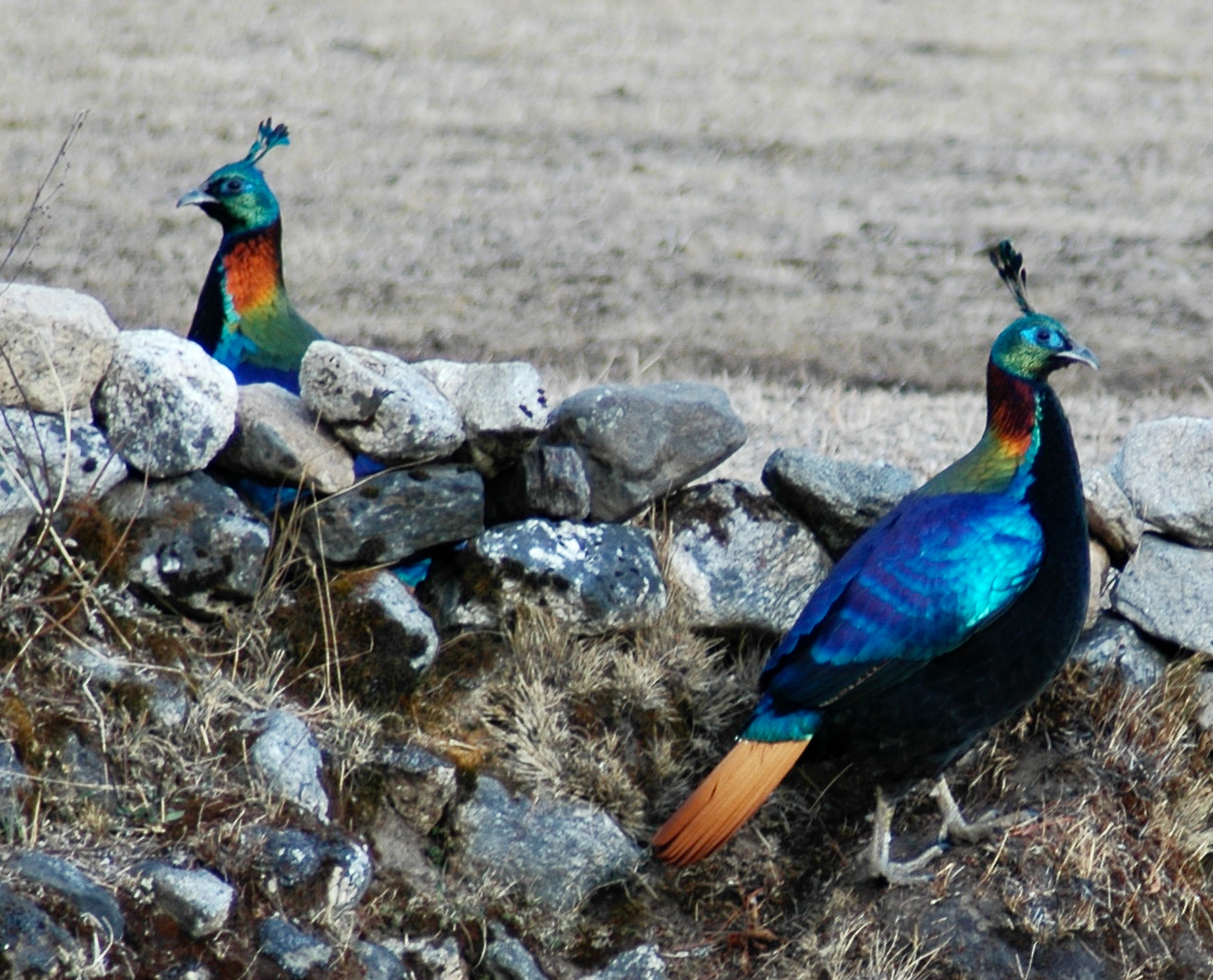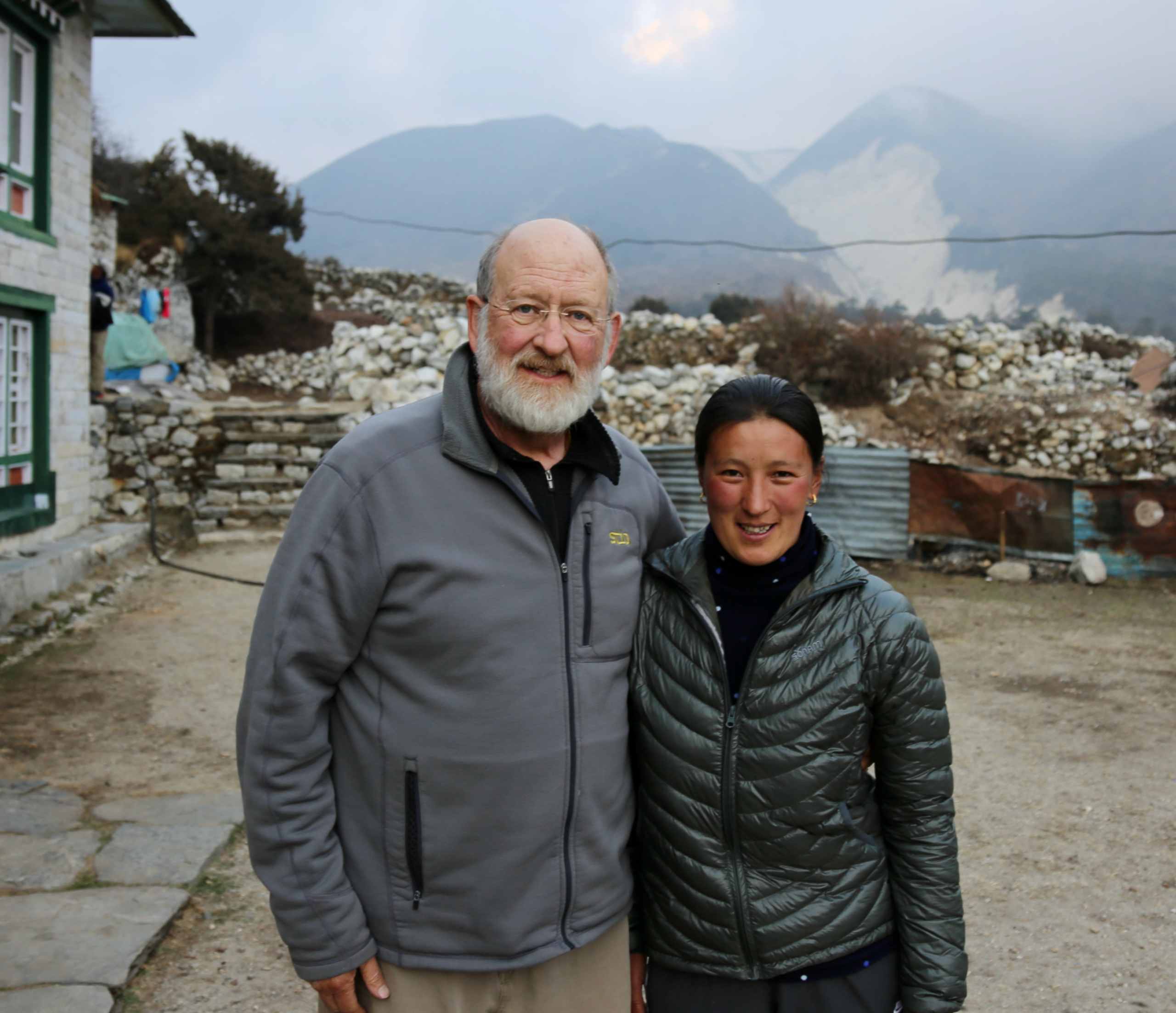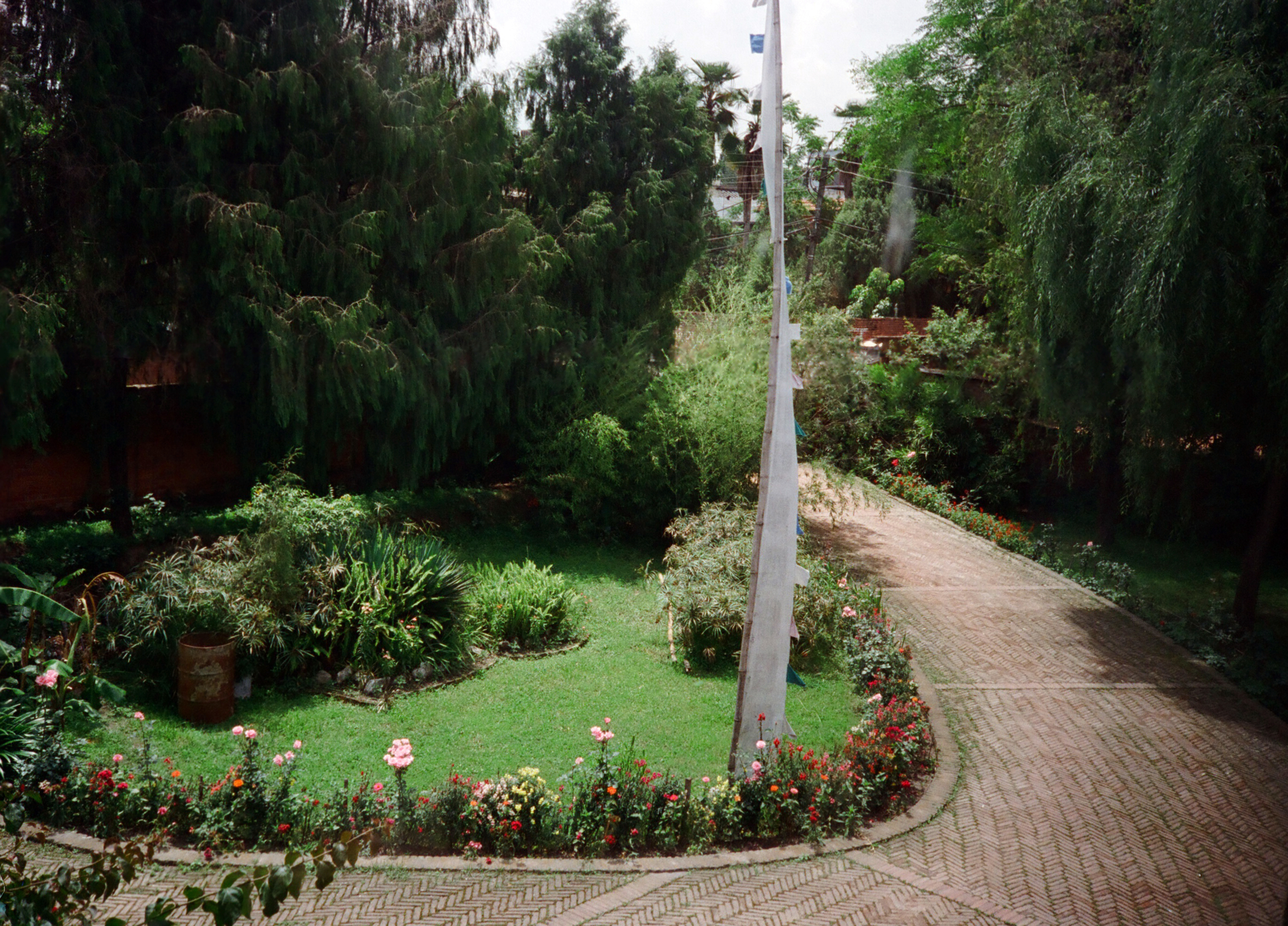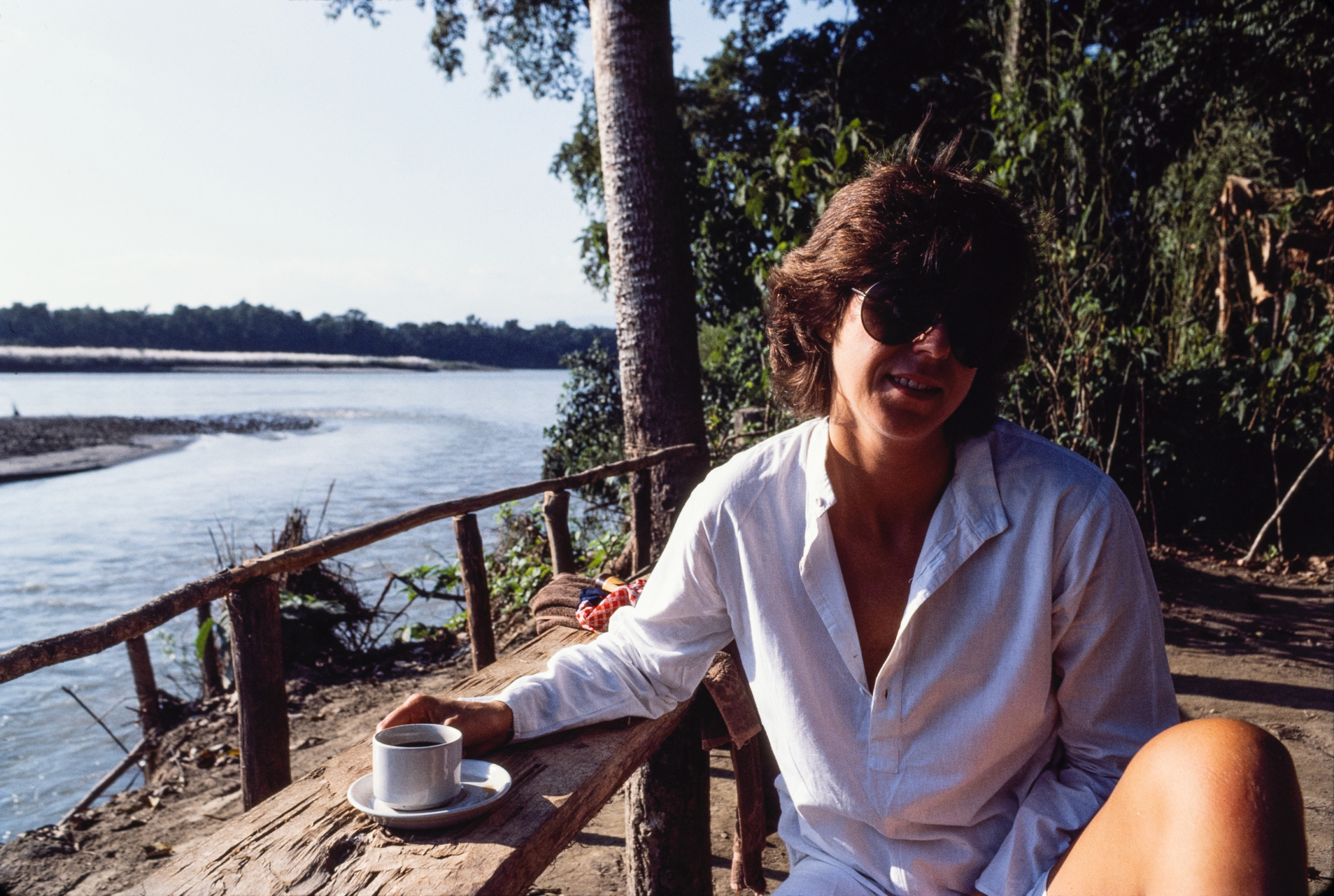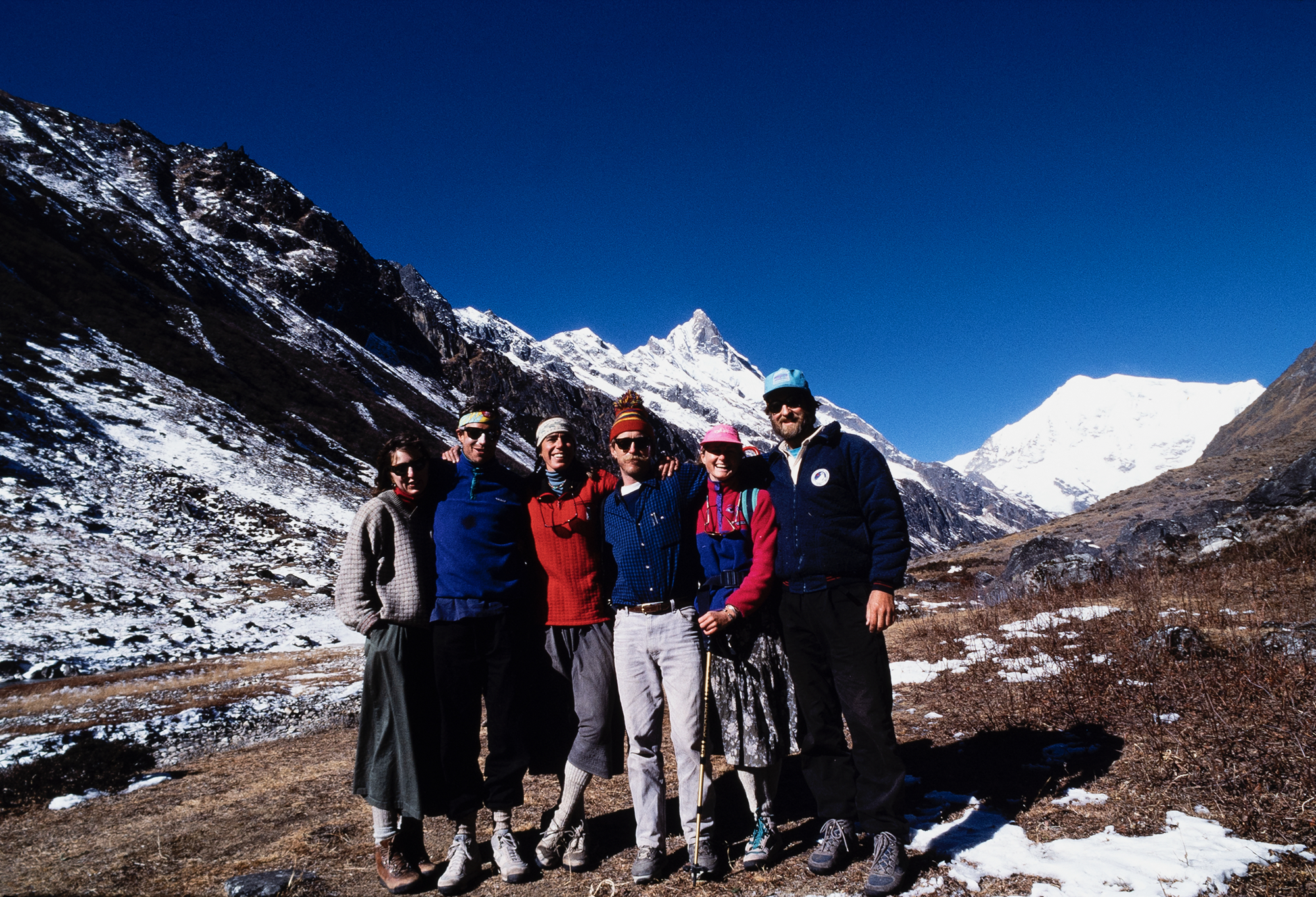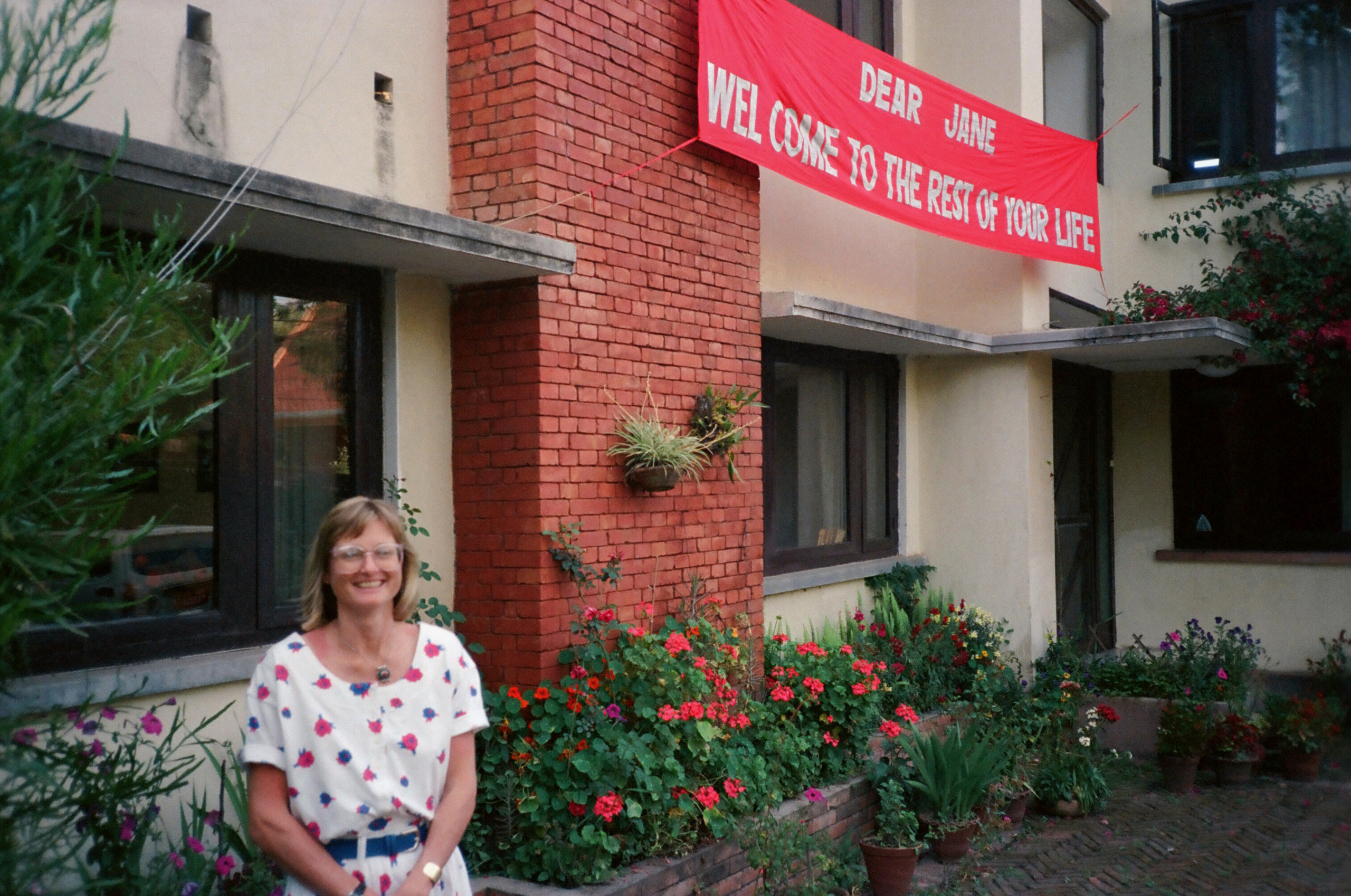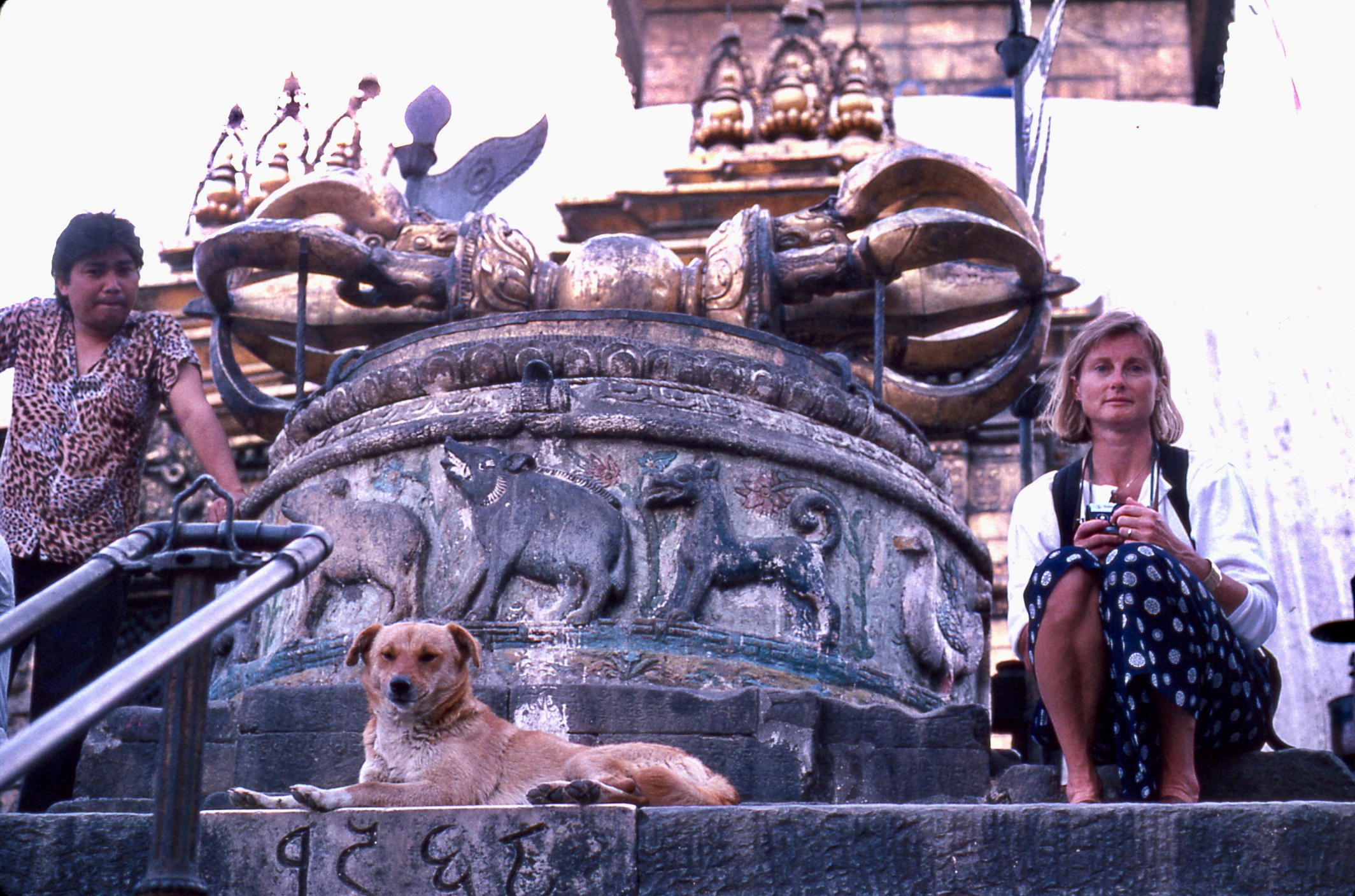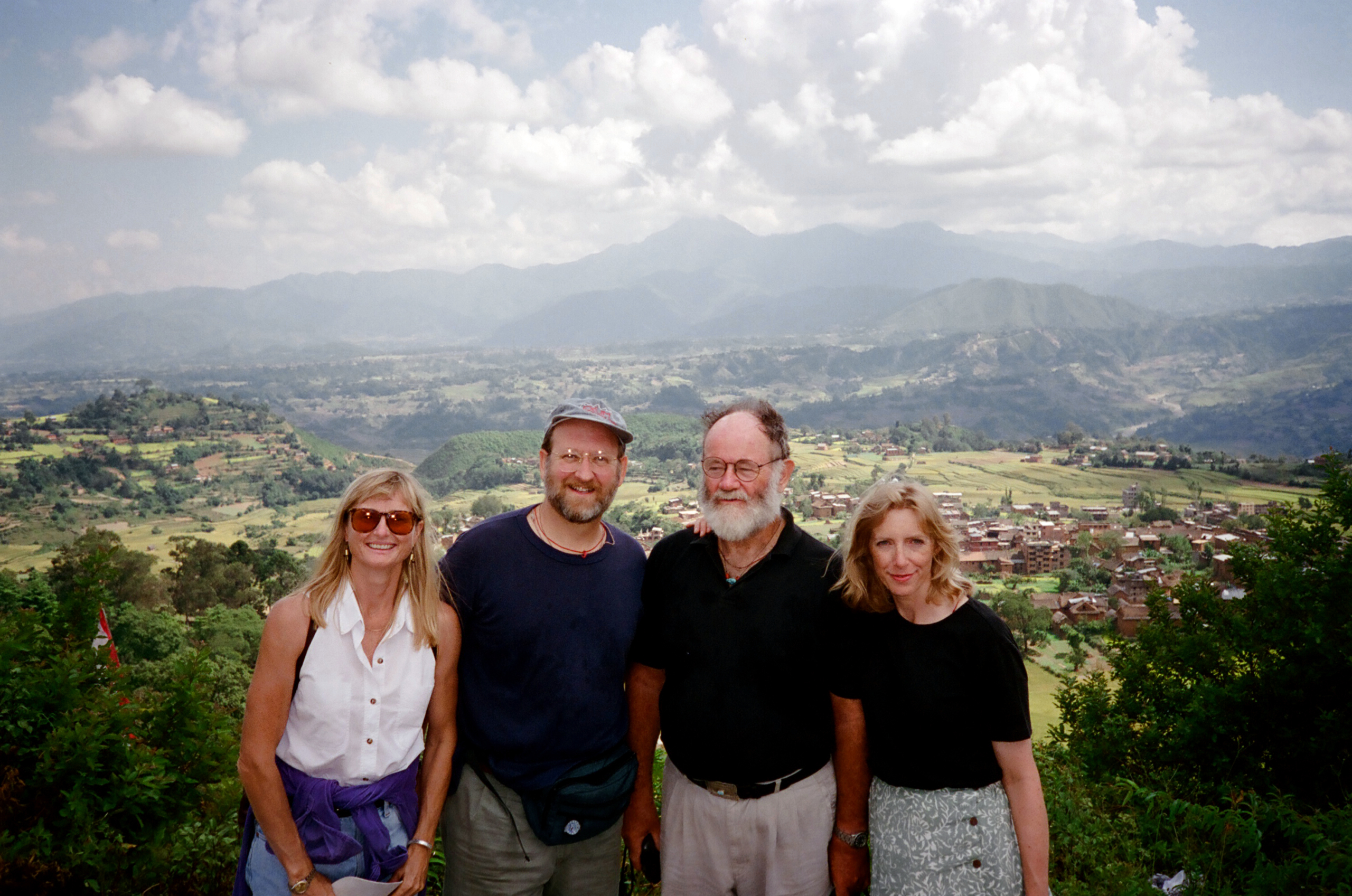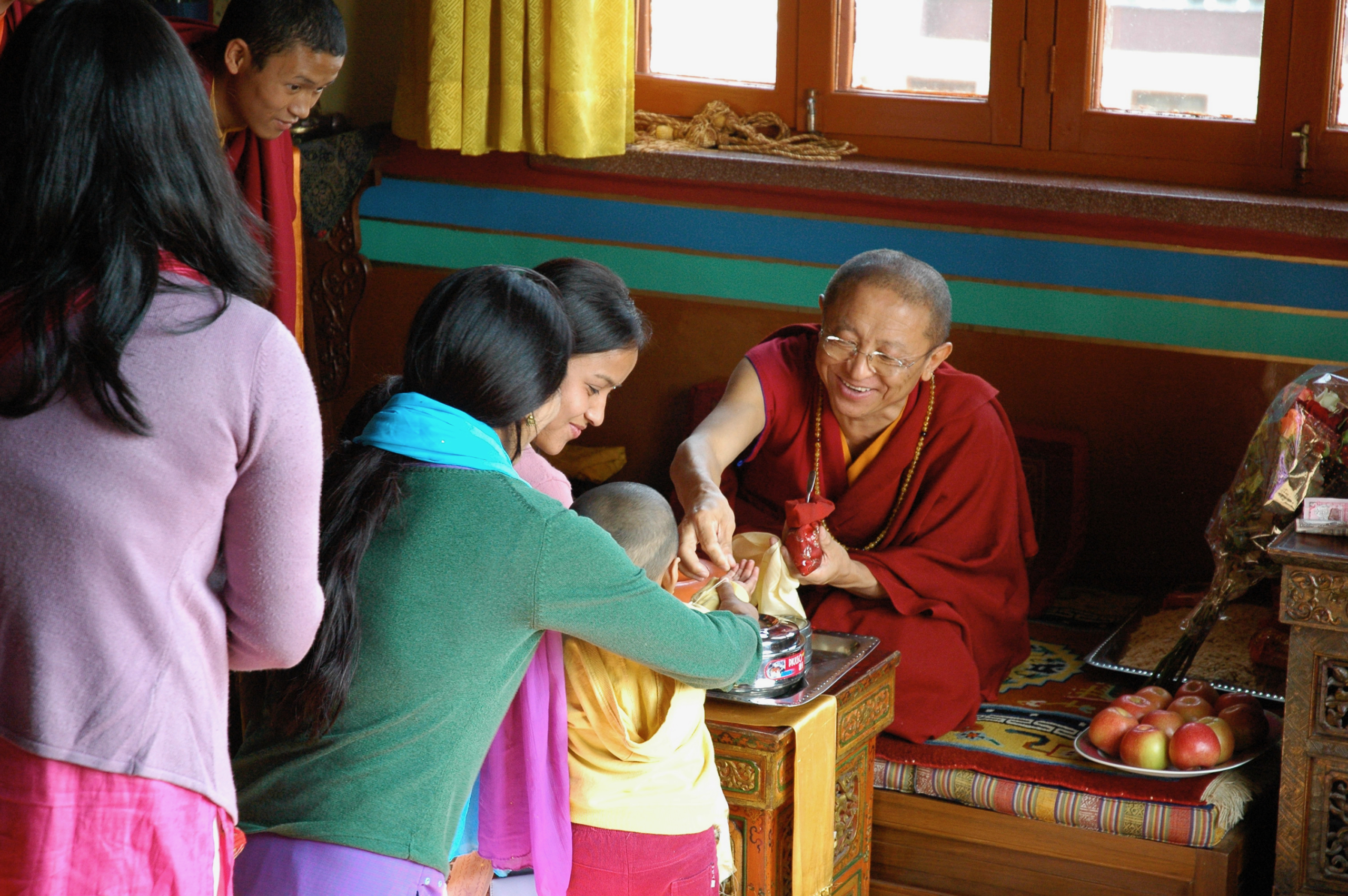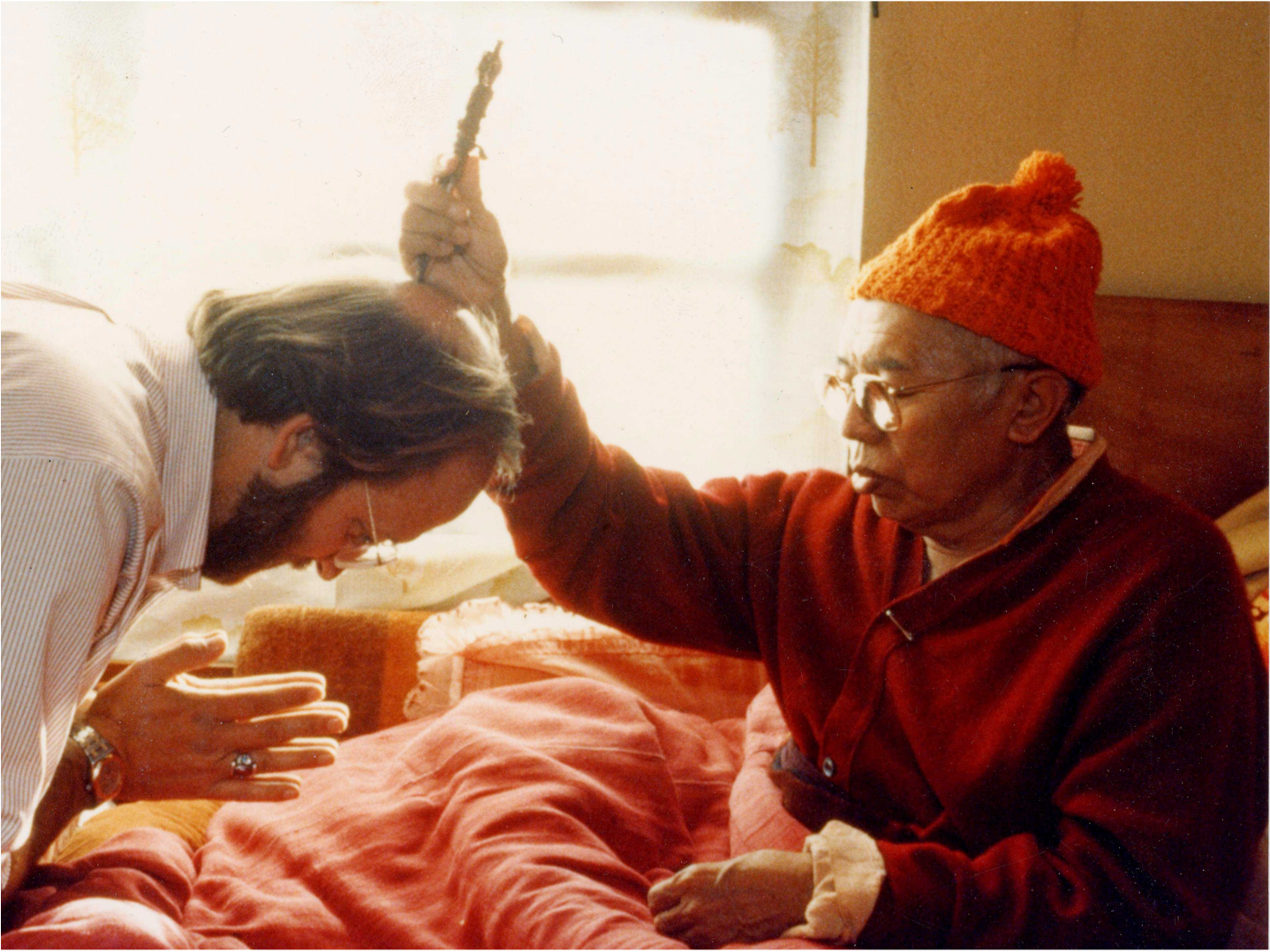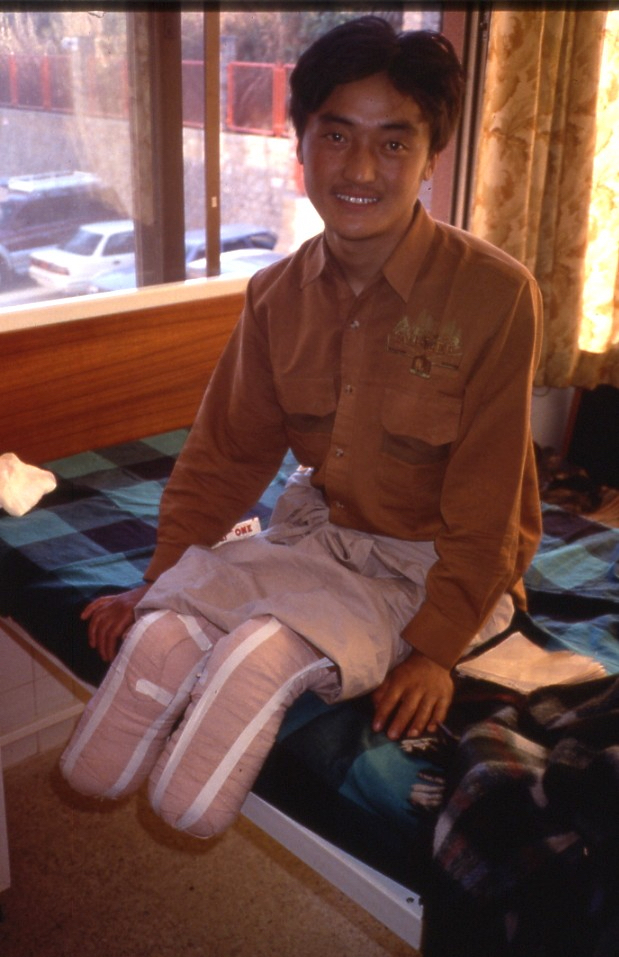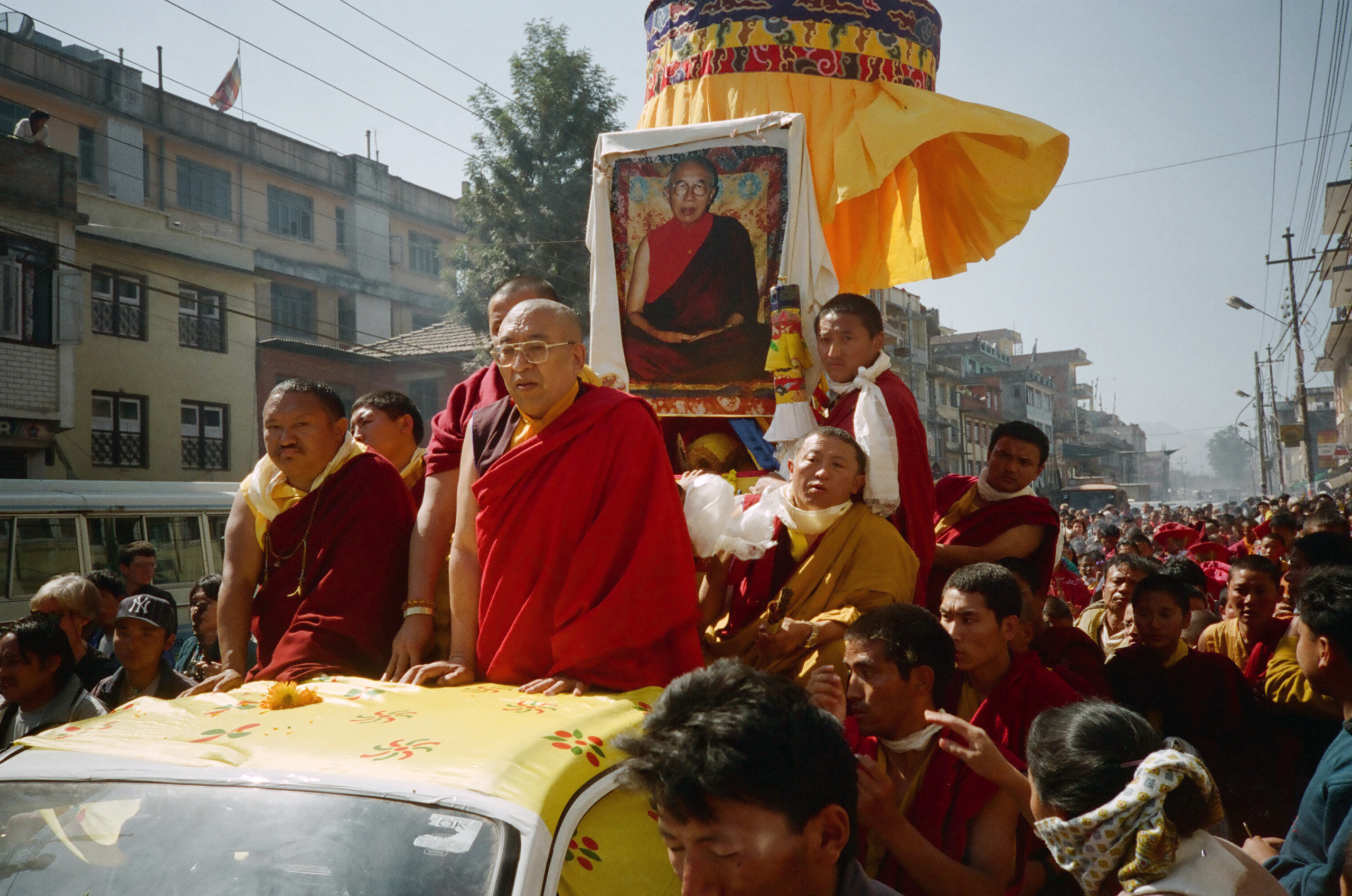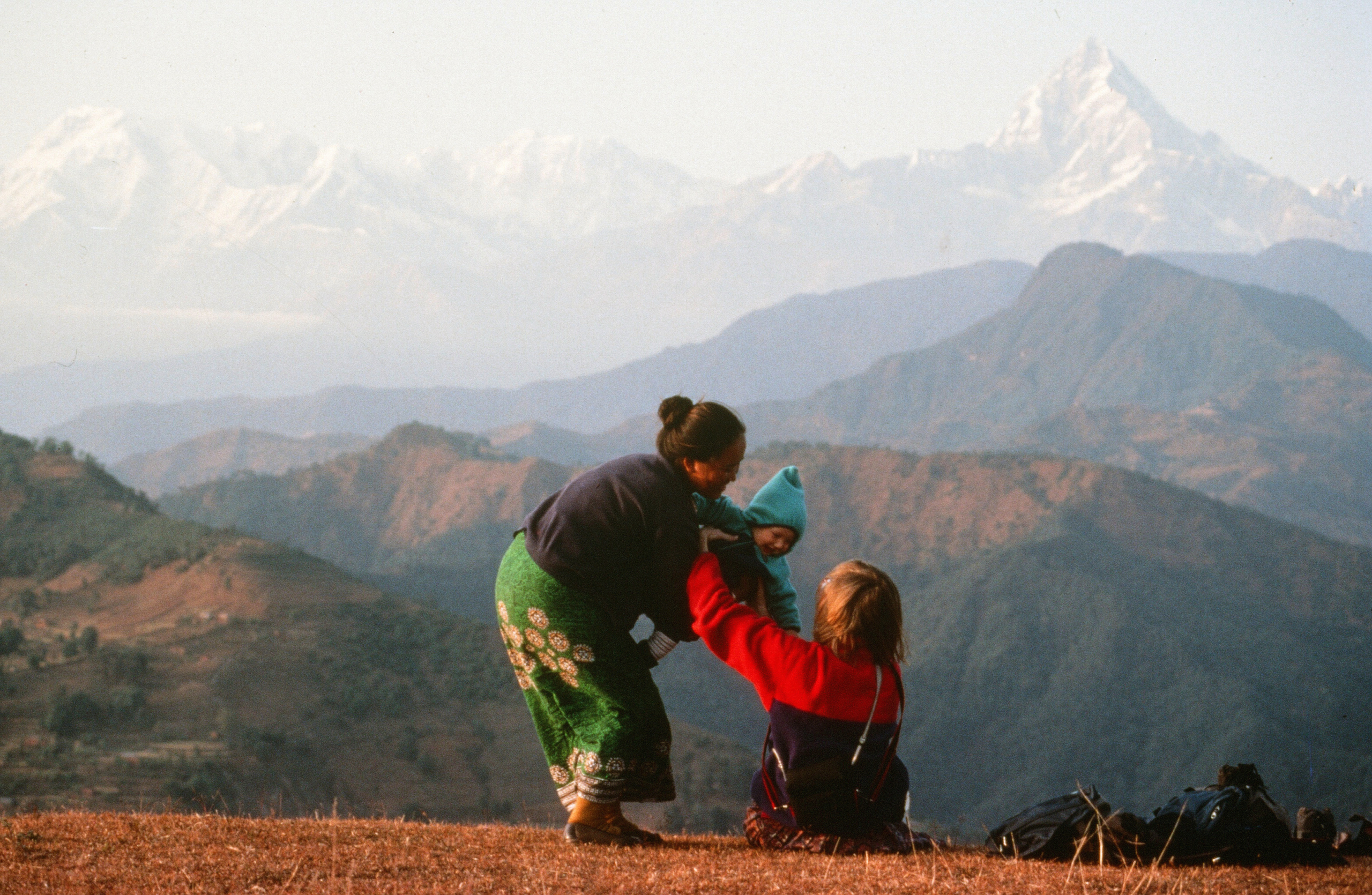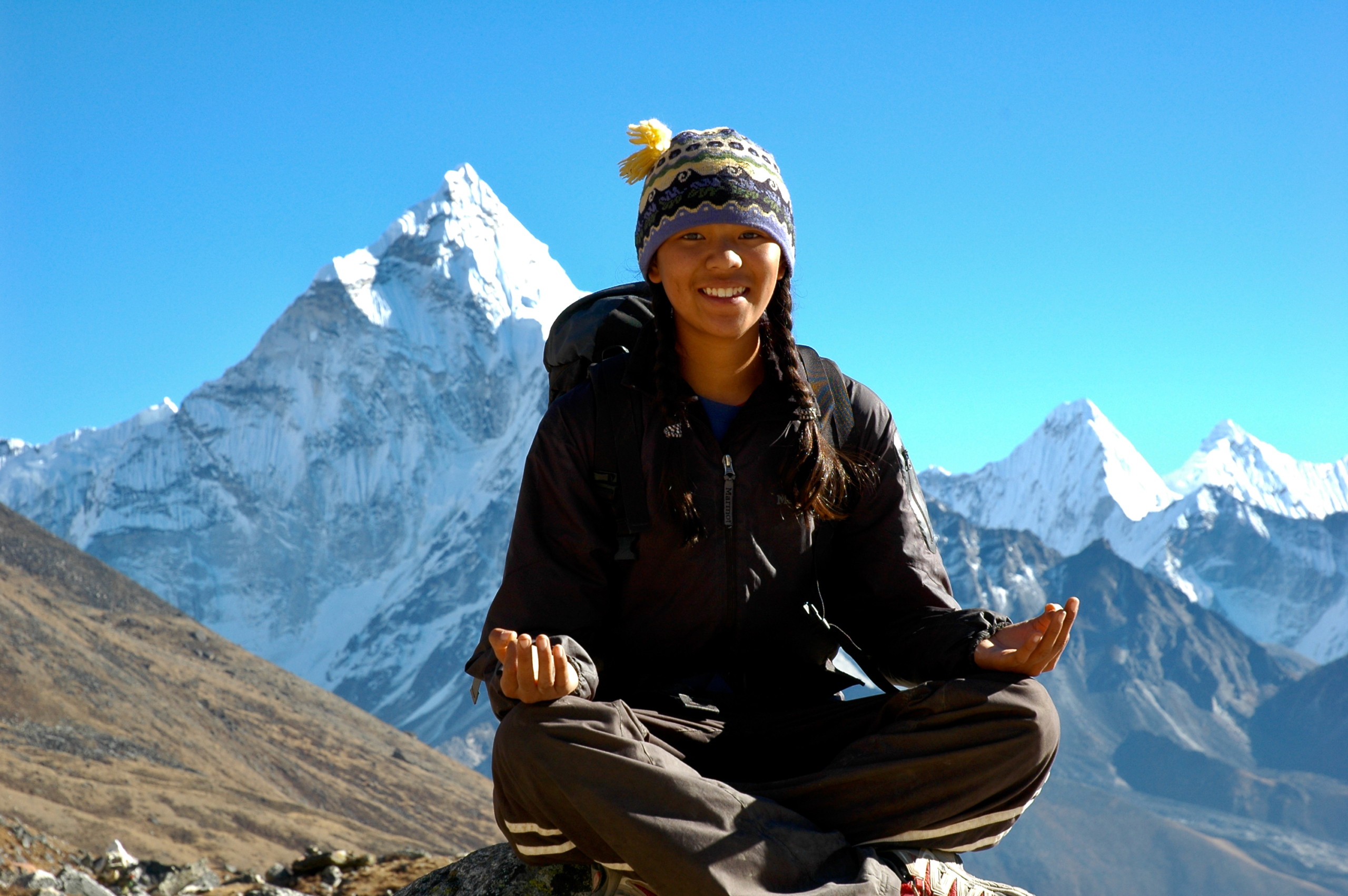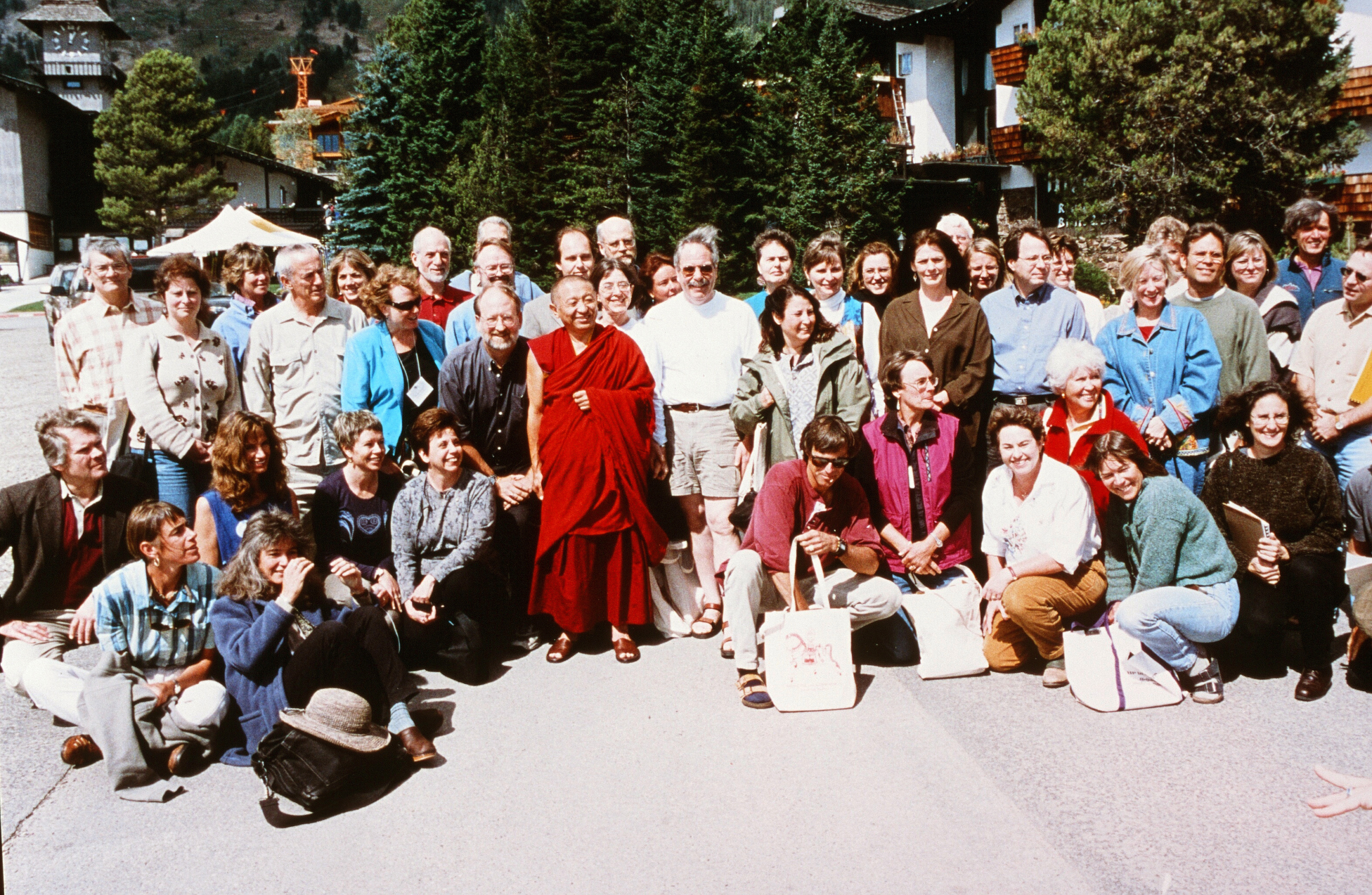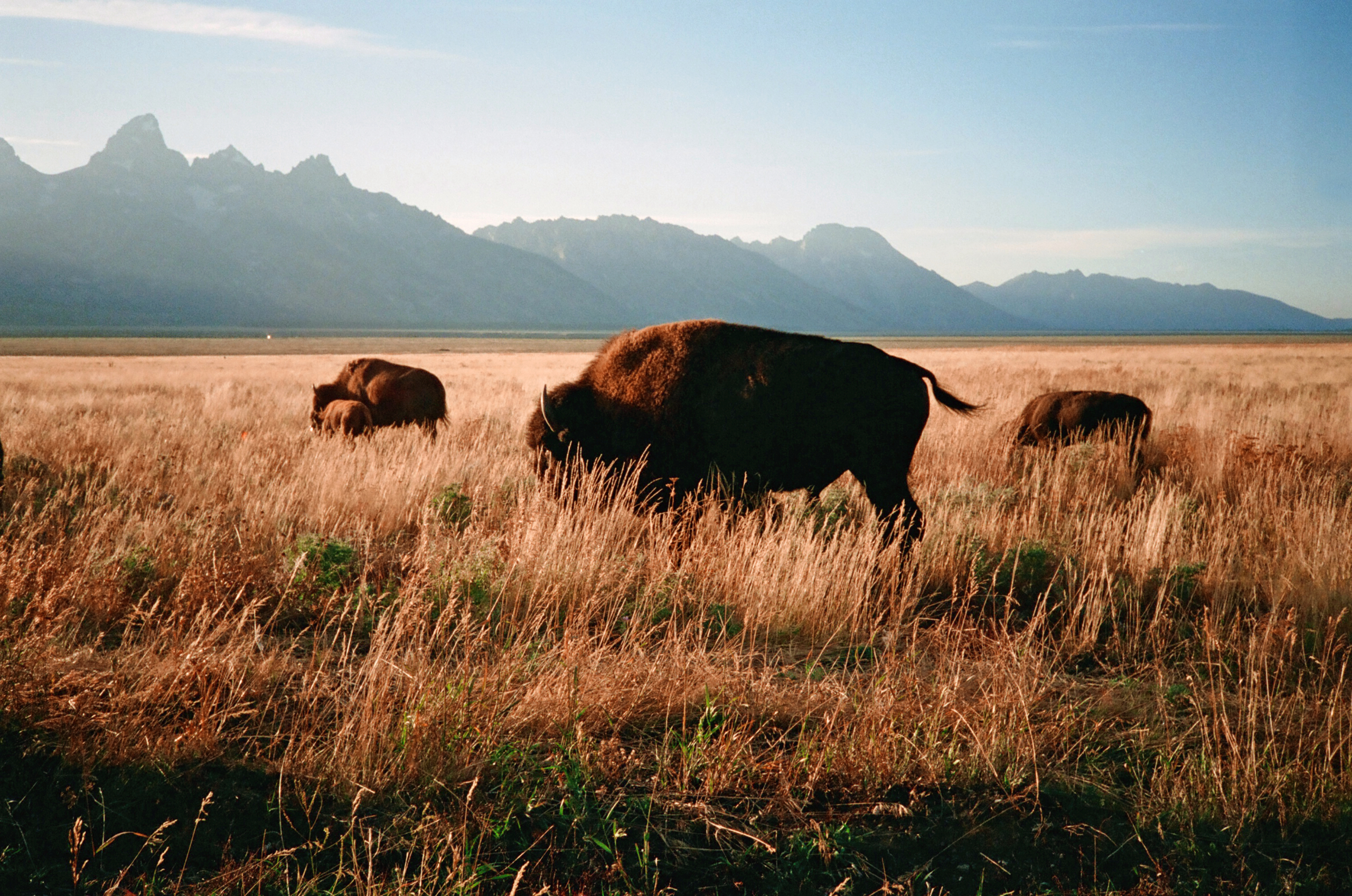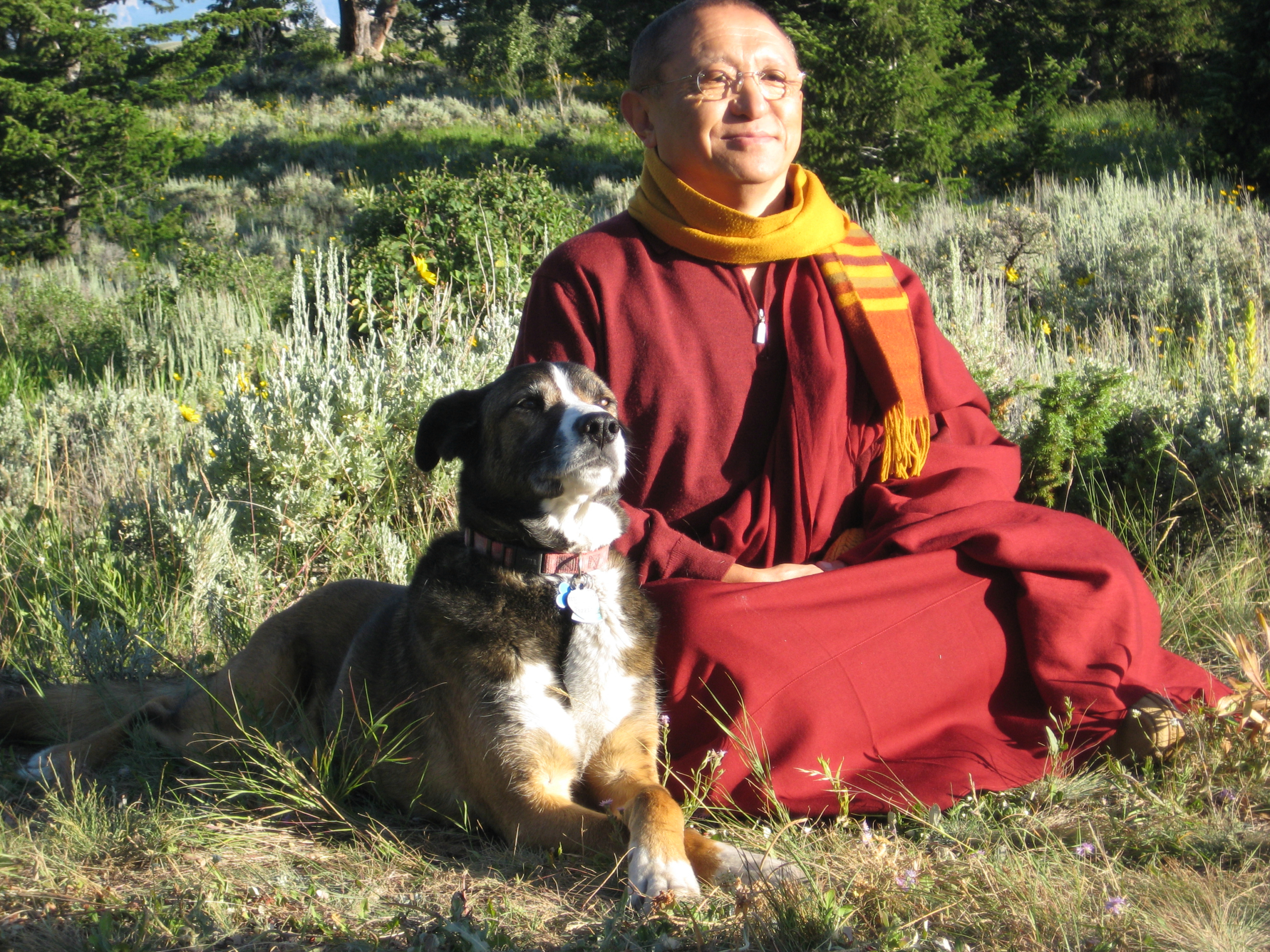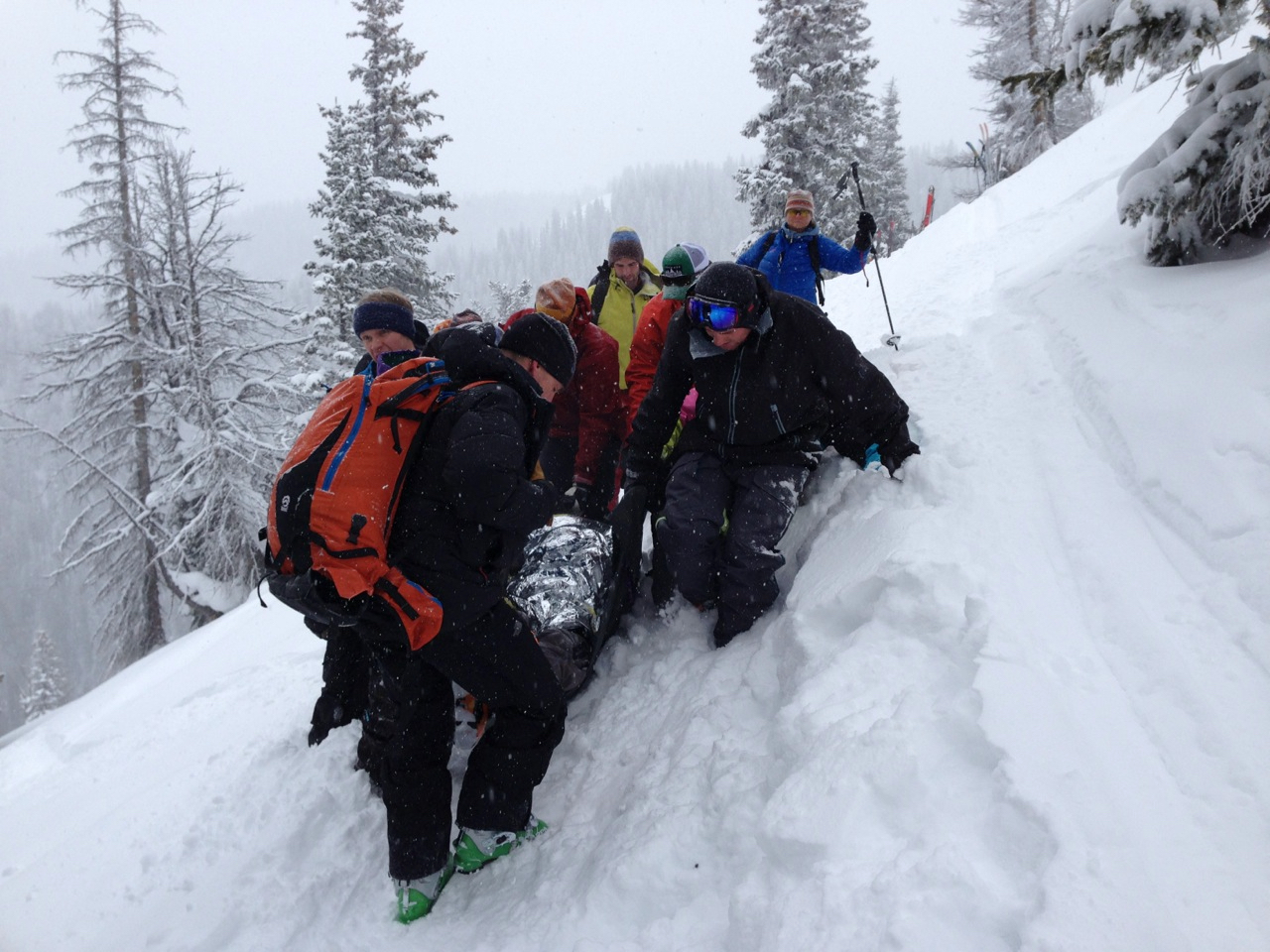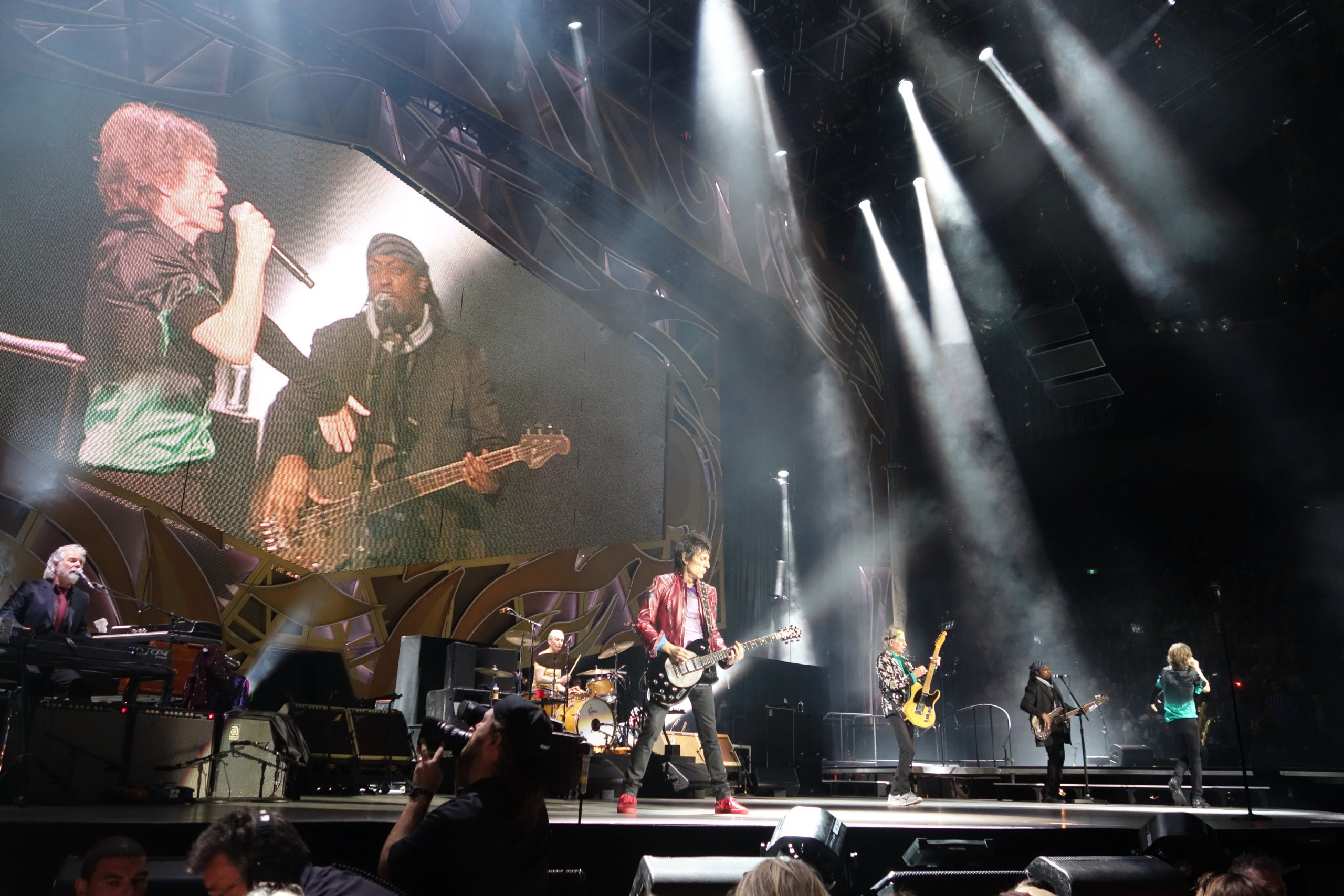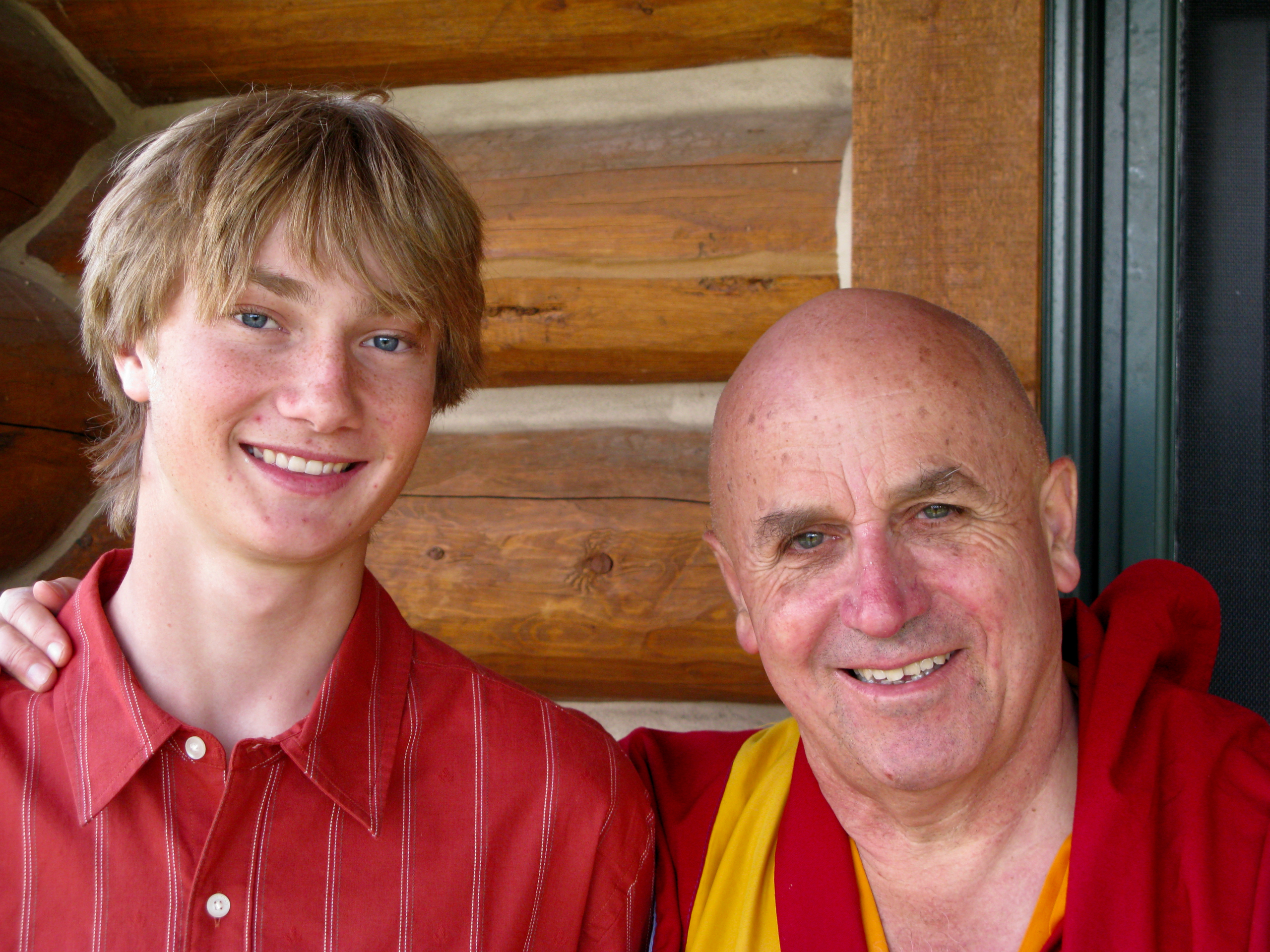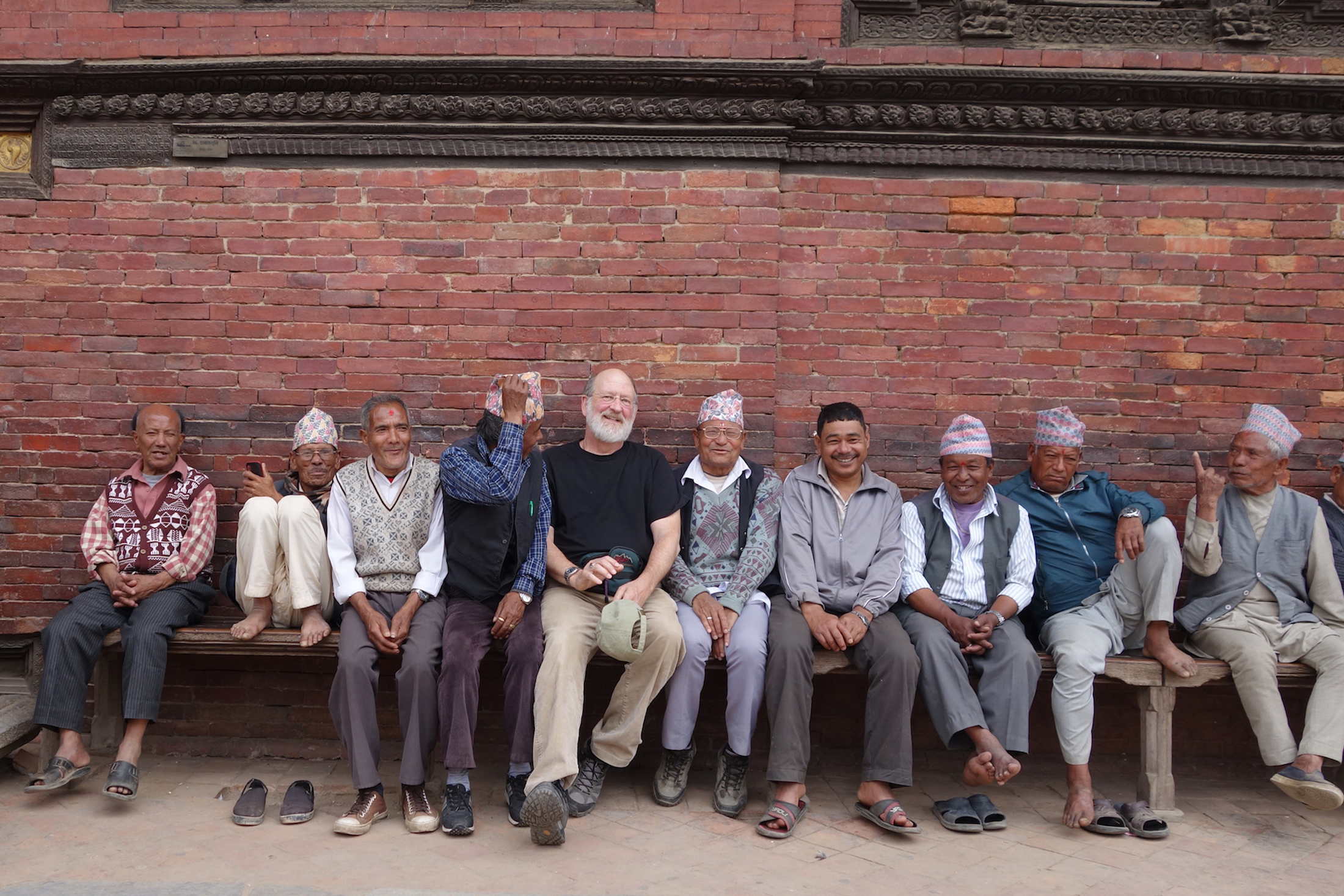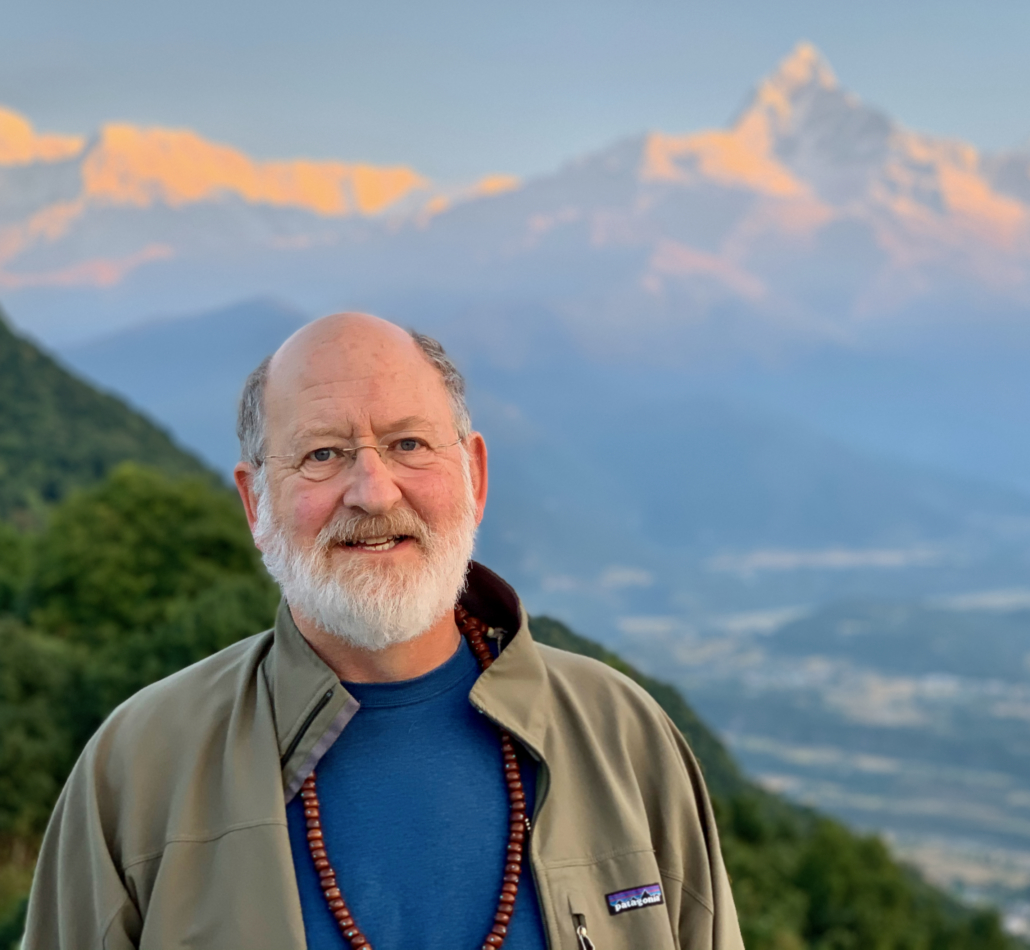Dr Shlim’s Memoir: A Gentle Rain of Compassion
A page-turning tale about Travel medicine, Tibetan lamas, and love in the Himalayas…
Finding a fascinating and gratifying medical practice in Kathmandu saved his medical career, but befriending a reincarnate Tibetan lama transformed his life.
This compellingly written memoir is a grand adventure tale of travel in Nepal and Tibet, tense and highly emotional medical encounters, new romances, and ground-breaking medical research. But all these eventually take a back seat to what the author learns about Tibetan Buddhism and the ability to train in compassion. The author reveals the details of his personal tutoring in Buddhism and his gradual exposure to mysteries and hard-to-explain events that he personally witnesses. For all the readers who dream about what it might be like to travel to the Himalayas and achieve a genuine spiritual connection, this book is the story of how that dream can come true.
Order your copy today!
What the critics are saying | Reviews of A Gentle Rain of Compassion
I loved this book. Dr. Shlim’s story is candid, wise, fascinating, funny, tragic, astonishing, hopeful, and wonderfully entertaining. It reminded me that compassion, if cultivated with purpose, can expand without limit in each of us, enriching not only our own lives, but the lives of everyone we encounter.
An extraordinary story about finding meaning and purpose. The book is profound and moving, infused with clarity and wisdom about life, death, and everything in between. A brilliant, life-changing read.
David Shlim has had a remarkable life, both in service of those in need in remote parts of the world and of spiritual discovery in the presence of some of the greatest Tibetan masters of our times. In Nepal, for over fifteen years, he was the physician of reference for visiting travelers and was also often called to look after the health of monastics, lamas and teachers. Uniting his medical vocation with the essence of Buddhism — altruism and compassion — he published a remarkable book, Medicine and Compassion — which led to his teaching physicians around the world on how to bring back compassion at the heart of their profession and day to day activities. His lively and insightful memoirs are a delight to read.
I really believe that the author has written an important and wonderful book—this is not just the story of a young man in foreign parts (although it is that), or the story of his own, gradual enlightenment (although it is that too), but it is the story of how seemingly accidental the most important steps in our lives can seem. What is transcendent and original about this work in a sometimes tired and overcrowded memoir field is that the author somehow magically makes himself less important and the journey more important as we go along. How rare and lovely. I also think the writing and anecdotes are wonderfully done – he manages glimpses of humor and self-awareness, even as the reader is drawn along by the sheer edge-of-the-seat, life-and-death material. The work is tight, boiled down to a narrative that’s focused on this lovely, slow-opening of a realization – the work shifting from the adrenaline of trauma of medicine to the need for compassion in it.
This is one of those rare books that makes you a captive from the first sentence. The exceptional aspect of this life story, however, is founded on Dr. Shlim’s close contacts with Tibetan lamas and meditation teachers. The gripping chapters describe how Buddhist practice transformed the way he approached patients. His fascinating memoirs are touching – highly recommended for anyone with an open mind.
A note from the author, David R Shlim MD…
The book is now available for purchase in hardcover, paperback, Kindle and audiobook formats. I know that many of you are excited to read the book, but probably not as excited as I am to have you read it and tell me your reactions. As strange as it may sound, I’ve been writing this book for seventeen years. To have it emerge like this and get this immediate recognition is like a dream. I would greatly appreciate it if you consider posting a review on Amazon once you’ve read it. Below, I’ll share some of the personal reviews that have been flooding my inbox over the past few months.
Indeed, although the book is a nice end in itself, my purpose in trying to share this story is to point to the ways that I learned about training in compassion, and the value of compassion in the world. Thank you for supporting this mission by sharing your experience of the book.
Remarkable Reviews for “A Gentle Rain of Compassion”
Once I started reading, I couldn’t put it down. I learned so much that I didn’t know in all these years of friendship and working together. Now I have listened to you reading the stories on the Audible version and found it even more moving and illuminating.
Your life is an amazing story which you tell so well and movingly. Your writing is so expressive and lyrical that it took my breath away at times and brought tears to my eyes.
I just finished your book and can only say wow to it all. I am so excited to be strengthening my practice. And I am grateful to you and for your book. Got me thinking about how much teachers need teachings on compassion! For themselves and their students.
The part of your book that really helped me was the part about compassion fatigue… how one can empathize with someone and feel compassion but let it go once you are not together.
I am DEEPLY moved by your book! I finished it last night. You absolutely NAILED it!
I’m a fairly slow reader and find I get bored with many books very easily. Not so at all with this one. I found it to be a very fast read and one I just kept wanting to see what would happen next. SO well done! AND…..now I’m VERY interested in learning more about cultivating my own compassion.
I just finished reading your memoir, and am a little sad it is over. It was exciting to read about the incredible travels and adventures you have experienced! I was especially fascinated by the stories of your medical practice throughout the years, and how you were often at the forefront of discovery.
Your book really demonstrates how as physicians, we are often limited in our ability to medically treat patients by resources, knowledge, or simply the inevitability of their disease progression. The only thing we will always have to offer our patients is our compassion. Your book really sparked a curiosity in me and an interest in learning more about cultivating compassion.
After a third of the book, I thought this would make a good movie. But after a little more, it occurred to me that the ebook was so visual, it was better than a movie.
The stories of serious medical conditions and sometimes death were quite vivid, as were the stories of altitude sickness and other kinds of illnesses we usually don’t see in normal life here in the States.
The doctor’s medical and spiritual journey in the Himalayas was fascinating, as was his final return to Jackson Hole. It is well worth reading!
I love your book. It’s a great read and I learned a lot about you, medicine, Buddhism, and life. It inspired me to write this blog about becoming more aware in our daily activities.
Peggy on the Train
Music and Lyrics copyright by David R Shlim
The first chorus of this song is printed in Chapter 8. These are the lyrics of the full song. I’m in the process of making a recording of the song that I will post here as soon as it is available.
Maybe if she hadn’t been so kind
If she hadn’t been living with a man at the time
We fell hopelessly in love like only strangers can do
Peggy was sitting alone with a book
There was something about the way that she looked
As I sat down beside her wondering what I could say
But now that I’m alone again
It’s wintertime with falling rain
And time alone will ease the pain
Of Peggy on the Train
It’s been a while since I’ve been in love
Been with a woman that I thought much of
Sometimes I wonder if I’m on the wrong track
I never really had to try with her
I never wondered if I was sure
It’s a strange warm feeling now that I’m looking back
And now that I’m alone again
It’s wintertime with falling rain
And time has greatly eased the pain
Of Peggy on the Train
[Musical bridge]
The autumn leaves rustle on the ground
I dream of loves that I’ve lost and found
I still feel like that lonely kid standing at the high school dance
But now I’ve been all over the world
And the memories are mixed like these leaves that swirl
Around my feet like the dust of summer romance
And now that I’m alone it’s plain
Like sunny skies or driving rain
Like light from dark the pleasure came
From Peggy on the Train
(Repeat last chorus)



